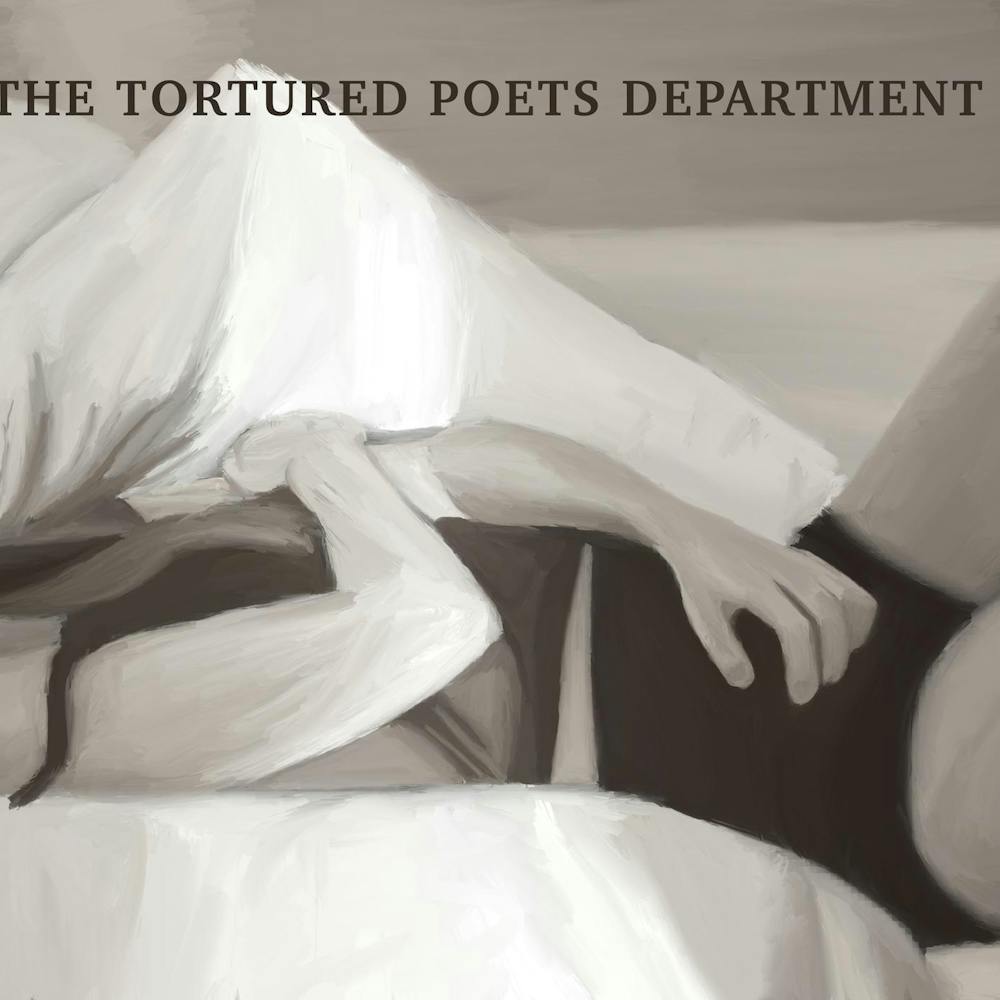Extravagant regalia was on display Saturday at the MSU Native American Indigenous Student Organization’s 33rd annual Pow Wow of Life. The event was in Jenison Field House and brought together Native American people from many different states and tribes.
A pow wow is a ceremonial gathering where people learn, practice, and carry on the traditions of their ancestors. NAISO hopes the pow wow will provide a chance for young people to learn from their elders in order to carry on the Native American traditions. Also, the organization hopes to create an environment where Native American culture can be seen from non-American Indians to break various stereotypes.
Highlighted was many different forms of dancing. Other offerings included basket weaving, stone carving and shopping for many different traditional Native American goods — handcrafted baskets, medicine, dreamcatchers and animal hides from otters, bisons, and pheasants.

This year, the pow wow honored former MSU employee John R. Winchester. Winchester was the coordinator for the North American Indian Affairs Office in the Center of Urban Affairs.
In his honor, the John R. Winchester Memorial Scholarship is awarded annually to full-time Native American undergraduate students.
MSU alumna Ashley Ryerse is a member of NAISO and descendant of the Potawatomi people. Potawatomi was involved with the Council of Three Fires, an alliance between Potawatomi, Ottawa and Chippewa Native Americans.
“It is a really awesome opportunity because there is nothing in the immediate area,” Ryerse said. “People know this pow wow, we have people come from all over the U.S.”
Ryerse added that a major issue surrounding Native Americans today was higher education. Ryerse said that not many Native Americans are attending universities or pursuing any higher level education after high school.
She said MSU has a good amount of resources dedicated to help Native Americans achieve higher education.
Another major issue surrounding Native Americans today involved the use of Native American symbols as their mascots; the Washington Redskins being a headliner for controversy.
Ron Kyllonen, a member of the Keweenaw Bay Indian community, attended the pow wow to connect with other Native Americans and to sell animal pelts. Kyllonen said he wants people to know the real story of what happened to Native Americans.
Kyllonen’s Native American last name is Loonsfoot. He said in order for his grandmother to become a citizen, she had to change her last name to Kyllonen, from her husband’s Finnish heritage.
68-year-old Charlene Frank is a descendant of the Nez Perce, a Native American people from western Idaho, northwestern Oregon and southwest Washington.
Frank said that in order to find your Native American last name, you have to have a vision. To have a vision, one must go into the woods or nature and fast for three days. After fasting, they can have a vision, and whatever animals come in contact with them during that vision, becomes their last name.
Frank loved intermingling with non-Native American visitors at the pow wow. Being able to share her culture with someone eager to learn it is what makes pow wows worthwhile to her, she said.
“They feel it in their heart,” Frank said. “They feel some kind of connection with mother earth. It means something to them otherwise they wouldn’t come, it is in their blood.”
Dancer Curt Moon believes the biggest issue surrounding Native Americans today is stereotyping. Moon is a descendant of the Oneida and Stockbridge tribes, which reside in Wisconsin.
“Before the Native American casinos, people were very scared to come onto reservations,” Moon said. “We had a bad reputation of drinking. When the casinos come into play people are coming onto the reservations, but now it’s gambling. ... They forget that there is a whole culture behind that and that we are still here and existing.”
Moon partakes in a style of dance called men’s northern traditional. This style of dance would be performed by warriors to show a successful hunt or battle.
“Dancing is to pray and to pray is to heal and to heal is to live a good life,” Moon said. “When we are out there dancing we think about our families — we think about the people.”
Jake Reed, a 29-year-old Cherokee descendent, has been dancing for more than three years. Being able to connect with his culture through dance is his favorite feeling when at pow wows.
Reed said the dancing that is performed is very ceremonial in Native American culture. Dancers enter the eastern entrance of a dance circle. Before they enter, the entrance is blessed with sage leaves. In men’s northern traditional dance, there are three different moves a dancer will use: sneak-up, crow hop and the duck and dive.
The sneak-up is used in a few different ways. It can be used to describe a warrior that has been spotted in battle and proves victorious in an attack, to show a warrior tracking down an animal and is performed to show a warrior that brings a wounded friend to safety.
A warrior might use the crow hop to mimic the movement patterns of a bird. The duck and dive symbolized the dodging of bullets and is rare to see at pow wows.
Reed said the regalia that is wore by each dancer is very sacred. Each part of his regalia came from members of his family and is from different animals.
“When you’re taking a part of that animal you are taking its spirit,” Reed said.
His outfit shows other Native Americans who he is as a person. His bustle is comprised of eagle and swan feathers. Eagles are very important in Native American culture, they are said to be prayer messengers that carry prayers to the great spirit in the spirit world.
If an eagle feather falls off of a dancer’s regalia, a special ceremony takes place in order to retrieve it.
The handcrafted breastplate he wore was said to be able to block a bullet and Reed wore a porcupine roach as a headdress.
Reed also carried a coup stick. “Counting coup” is when a warrior hits an enemy in battle with a non-lethal weapon and escapes without being harmed. Other ways of counting coup was stealing enemy weapons or horses in battle.
“That was one of the greatest honors anyone would ever do,” Reed said. “It shows them that, ‘I am not afraid of you. I am not afraid to die for my people.’”







